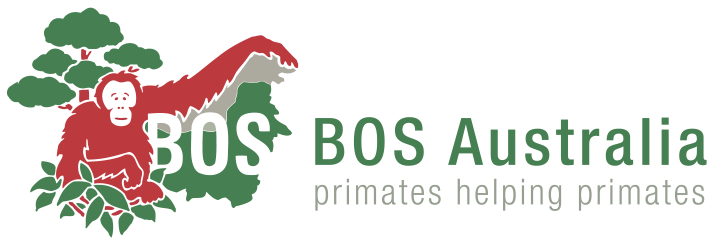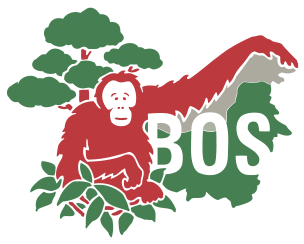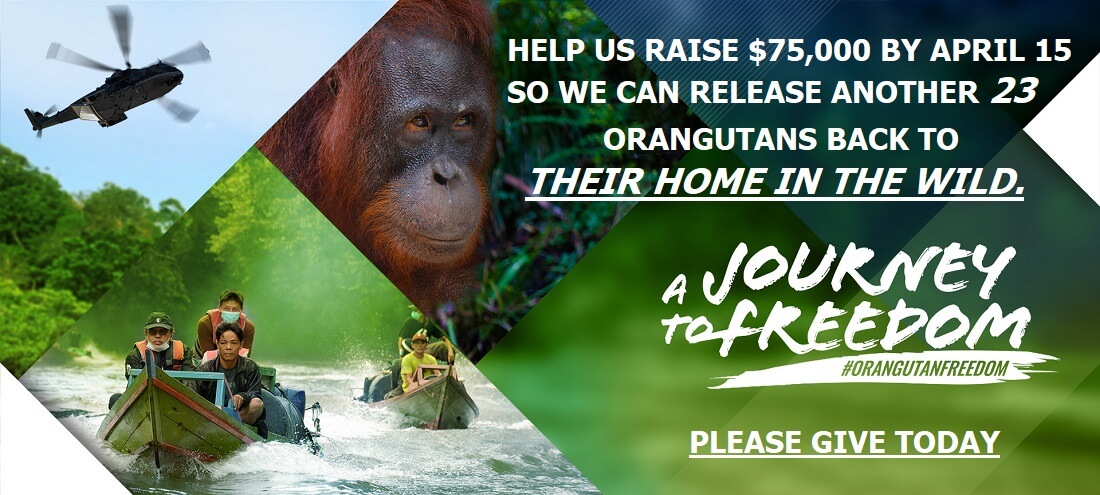The politics of deforestation
The politics of deforestation
The Jakarta Post – Ahmad Maryudi , Germany, 10/06/2008, Opinion
In the Guinness Book of Records (GWR) 2009 Edition released this month, Indonesia is once again referred to as the country with the world’s highest rate of deforestation. Citing the FAO’s State of the World’s Forests 2007 (SOFO), the country has “destroyed” its forests at a rate of 1.8 million hectares annually during the period 2000 to 2005. Indonesia was also listed with the record in the previous edition.
Last July, Indonesia also placed poorly at 102 of 149 countries in the 2008 Environmental Performance Index published by Yale and Columbia Universities. The poor position is mainly due to the minimum score for forest management as deforestation in the country was seen as very massive.
Jakarta has been angered by such notorious images and subsequently questioned the validity of data and methodology used. It hit back that neither were based on scientific merit, and were only a “piece of sensationalism” for political agitation.
The Forestry Ministry officially released the country’s annual deforestation in its 2006 Forestry Statistics of only 1.08 million hectares over the same period. Interestingly, the data was developed based on FAO’s definition of forests — the same data used in the GWR and SOFO 2007.
Judging whose arguments are scientifically sound should be based on precise use of some key terms, such as “forests”, “deforestation” and “degradation”. However, various attempts to define those terms result in unclear definitions. It is not uncommon for different agencies to selectively adopt, use and interpret different definitions and information depending on their tastes and values, even for tendentious purposes.
Let us start by recalling the definitions of important terms by some agencies. First, it is worth to compare the extent to which a particular canopy cover is classified as a forest. The FAO in its final definition in the Global Forest Resources Assessment Update 2005 uses “more than 10 percent”.
On the other hand, environmental groups usually adopt more stringent criteria. For instance, Greenpeace in its “World Intact Forest Landscape” adopts “20 percent or more”. Also in some cases, they do not refer to “plantations” as “forests”, but “wood gardens”. Clearly, due to the different definitions of “forests”, the forest tracts a particular country has will be different.
It is also worth noting that there is a spectrum of values on “deforestation”. First, instead of “deforestation” or “forest loss”, such emotive terms as “assault” and “destruction”, are nonexistent in the FAO and “forestry societies” across the globe, while they are employed by many environmental groups, to psychologically touch and raise concerns amongst contemporary society.
In addition, the FAO considers a particular forest tract deforested only if there have been permanent changes on the tree canopy cover below the minimum threshold, or if the tract is permanently changed into other uses.
Unless they permanently change the use, silvicultural activities — including logging operations — are not considered deforestation. Clearly the FAO adopts inputs from professional foresters, who generally believe that forest areas are expected to regenerate naturally or with the aid of silvicultural measures, depending on the system used.
This applies widely, no exceptions for particular regions. Thus, one should wonder if such changes are viewed differently, accordingly to different parts of the world.
So, which definitions, and consequently data and information, should we adopt? You can choose ones that suit your taste and values as well as purposes. But, if you had no ideas and asked me for recommendations, I would say that for certain reasons, the definitions, data and information of the FAO are not bad to start with.
First, referring to its website, the FAO has been monitoring the world’s forests regularly at five to 10 year intervals since 1946. The Global Forest Resources Assessment is also based on data provided by its members in response to a common questionnaire. This means the data will be compatible and comparable across countries and time. Last but not least, FAO’s data are regularly referred to even by those which in other occasions question their validity.
The writer is a lecturer at the University of Gadjah Mada and is PhD candidate at Goettingen University, Germany. He can be reached atmaryudi76@yahoo.com. This is a personal opinion.





